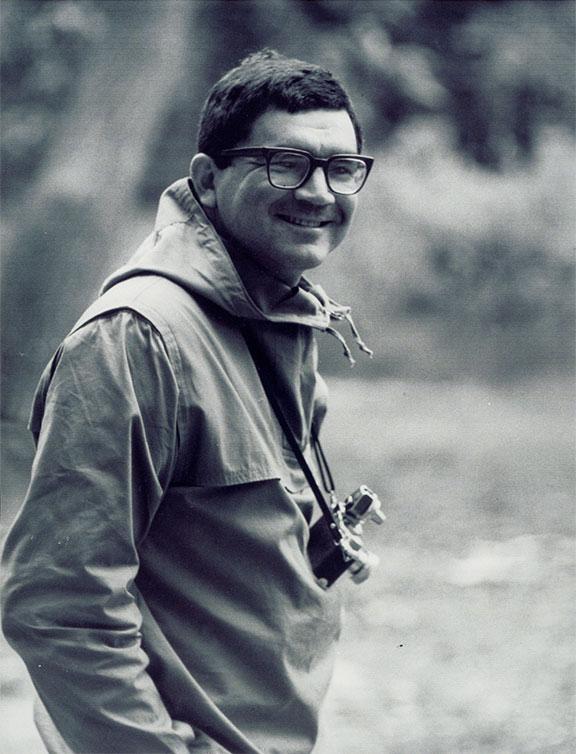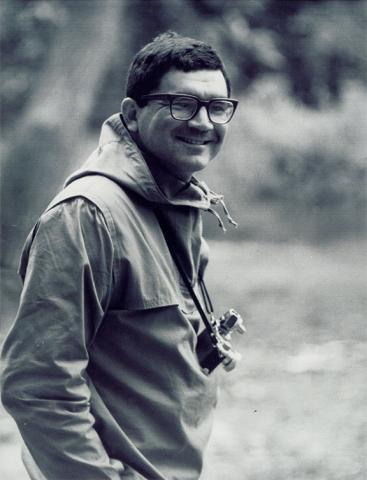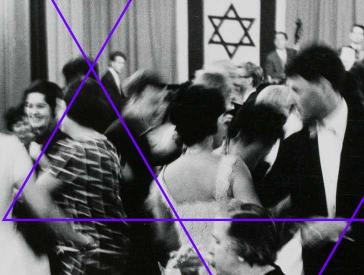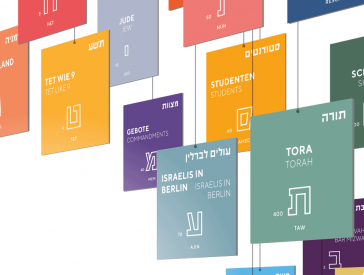Leonard Freed
Photographer
Leonard Freed (1929–2006) initially wanted to become a painter, but after studying graphic design, he decided to pursue photography instead. Born and raised in Brooklyn, New York, he undertook many journeys all around the world. His constant travel companion was his camera, which helped him process his experiences much like a diary.
In the late 1950s, he began working as a freelance photographer. He mostly focused on long-term documentary projects on themes that occupied him for years and resulted in extensive series. In 1967, his photographs were shown in The Concerned Photographer exhibition, organized by Cornell Capa. In 1972, he became a full member of the prestigious Magnum agency. His photographs were printed in many international magazines and newspapers. In addition, he completed numerous book projects, often providing not only the photographs but also the design and his trademark long captions. Today, his works are included in major collections worldwide.
Freed saw photography as a universal language that helps people better understand the world. His wide range of themes generally spoke to social issues such as war, racism, religion, aging, homelessness, and crime. Once he had found a theme, he worked on it intensively, exploring different perspectives in his images. His photographs were subjective, unstaged, ordinary, and sensitive. They captured things he cared about and always demonstrated a deep connection to the people in the frame.
He also set out to explore his own identity with his camera. As the child of Jewish immigrants from Eastern Europe, he turned his lens to his fellow Jews. Thinking back later, he recalled specific formative moments that sparked his frequent engagement with Jewish themes. One of them was the day when he returned home from school in Brooklyn to find his father lying on the kitchen floor, absolutely shattered by the news that many of their family members had indeed been murdered during the Holocaust, as confirmed by a letter in his hands. The photographer also mentioned a notable encounter with three Orthodox Jews on the New York subway, who brought back his own childhood memories of Jewish customs and holidays.
In 1954, Freed photographed Orthodox Jews in the Williamsburg neighborhood of Brooklyn. Starting in 1958, he turned his camera to the Jewish community in Amsterdam, and from 1961, he documented Jewish life in West Germany. He also photographed in Israel on numerous occasions. Several book projects emerged from this series. In 1958, his first book on Jews in Amsterdam was published. In 1965, he released Deutsche Juden Heute (German Jews Today). In 1984, he published La danse des fidèles (The Dance of the Faithful) in France, featuring pictures on Jewish themes taken around the world over a 25-year period.
 X
X
Self-portrait by Leonard Freed (1929–2006), Amsterdam, about 1962; Leonard Freed Archive, courtesy of Brigitte Freed
Freed also took photographs in Germany time and again. His perspective on the country and its population was captured in his 1970 book Made in Germany.
All 52 images from the series Deutsche Juden Heute (German Jews Today) are part of the Jewish Museum Berlin’s collection, acquired through two purchases in 2006 and 2008. The collection is unique, as Freed was one of the few photographers who extensively documented Jewish life in Germany as early as the 1960s. Individual images by Leonard Freed have been displayed in several exhibitions at the JMB. From November 2024 to April 2025, the museum is dedicating a solo show to him, exhibiting the full series for the first time.





